In Gothic architecture, we often see some grotesque stone statues with ferocious faces, big mouths, and bat wings behind them. Others are either in the garden or on the wall. So what is the gargoyle statues history? Do they have any special meanings?
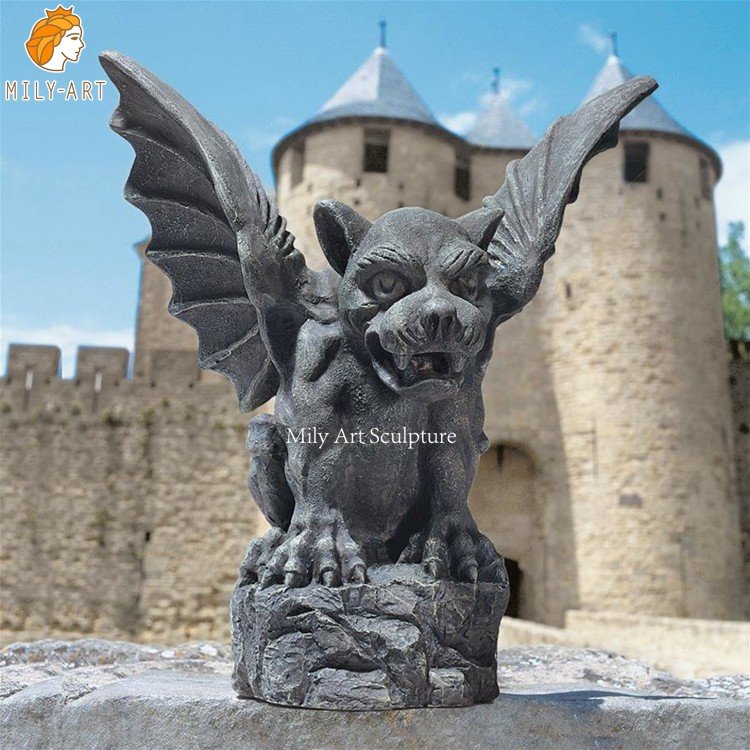
Origin of the Name Gargoyle:
The etymology of the word Gargoyle comes from the French “gargouille”, which means throat. The name actually comes from the French legend of “La Gargouille”, a fearsome dragon that terrorized the inhabitants of the town of Rouen. A priest named Romanus appeared and defeated the dragon in exchange for the citizens’ conversion to Christianity.

Romanus tamed the dragon by painting a cross and brought it to town, where he was burned at the stake. However, the creature’s head wouldn’t burn, so the townspeople cut it out and stuck it in their church. The gargoyle’s head becomes a shield against evil and a warning to other dragons.
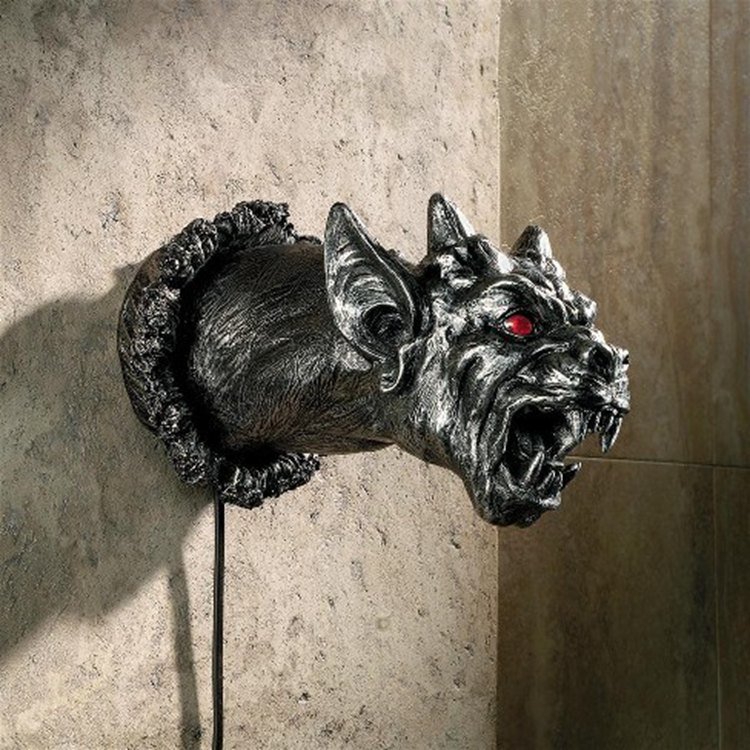
Application of Gargoyle in Architecture:
The term was originally used to describe carved gargoyle statues for roof and spouts on ancient classical buildings and is most often associated with medieval Gothic and medieval architecture.
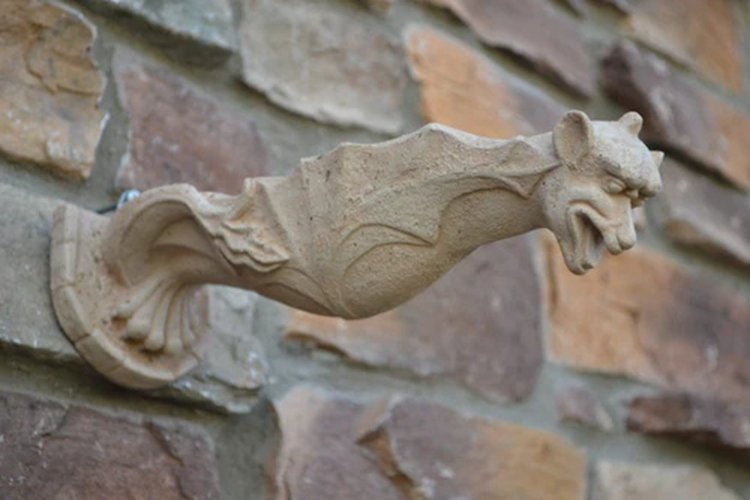
Its exact use in construction is to act as a spout, delivering water from the upper part of a building or roof gutters to the sides of walls or foundations, helping to prevent water damage to masonry and mortar. The gargoyle would have a trough carved into its back through which rainwater would flow and spray out through its open mouth.
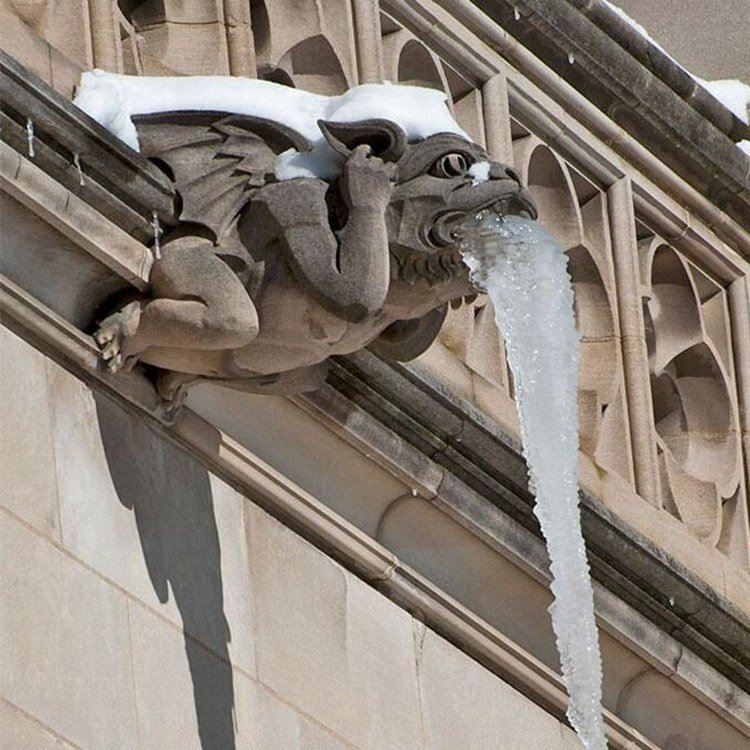
French architect Viollet-le-Duc creatively restored Notre Dame Cathedral, which features many of the famous gargoyles and “grotesques” seen today. Gargoyles could also be found in Americould Gothic Revival buildings, such as the National Cathedral in Washington, D.C.
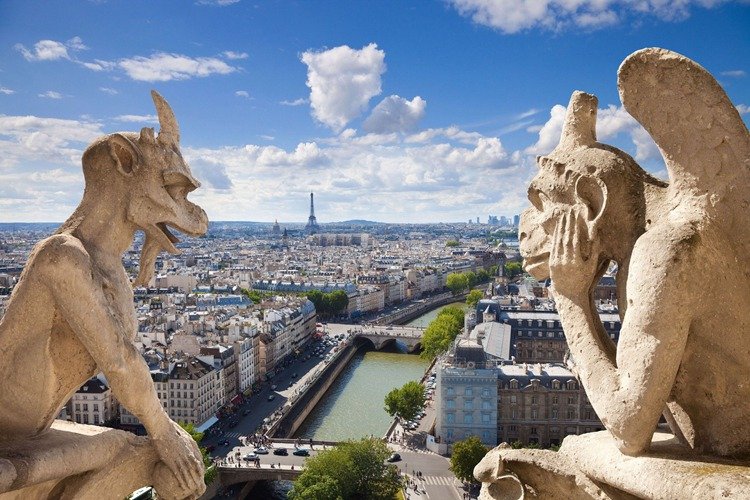
Gargoyle Statues Used as Decoration:
In the 20th century, the “gargoyle” function as a waterspout has faded away, even if the tradition still exists. Art Deco gargoyles began to gain popularity, and creative gargoyle carvings became more and more popular.
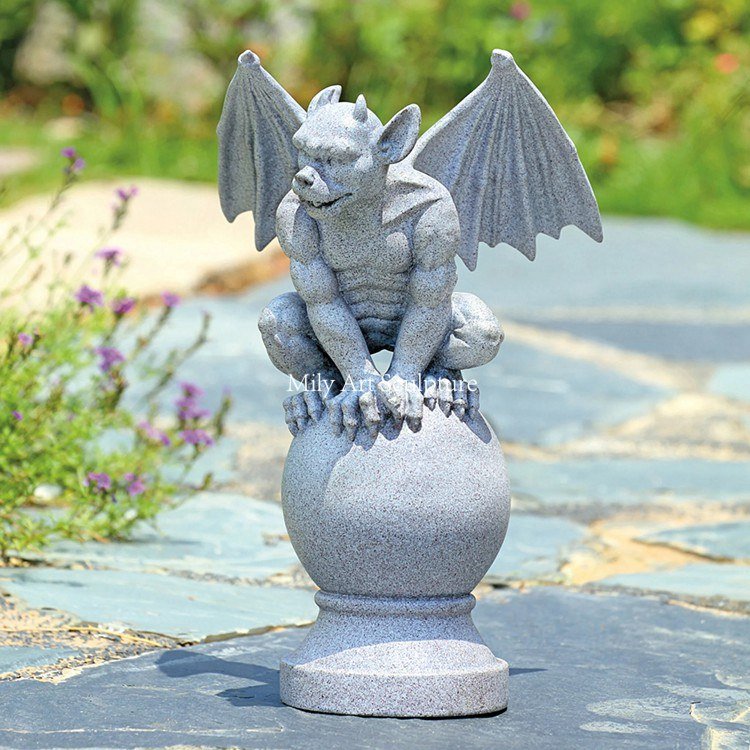
People create popular animal gargoyle statues such as dogs, wolves, eagles, snakes, goats, and monkeys. Many other types of creatures are also used as gargoyles. For example, some gargoyles are humans, and monks, while others are a combination of humans and animals, such as griffins, centaurs, harpies, and mermaids.
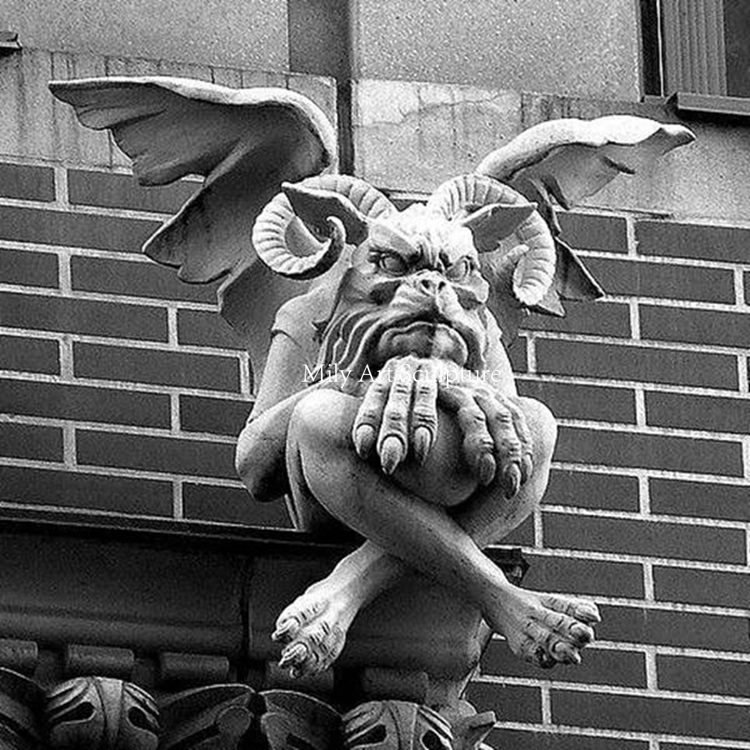

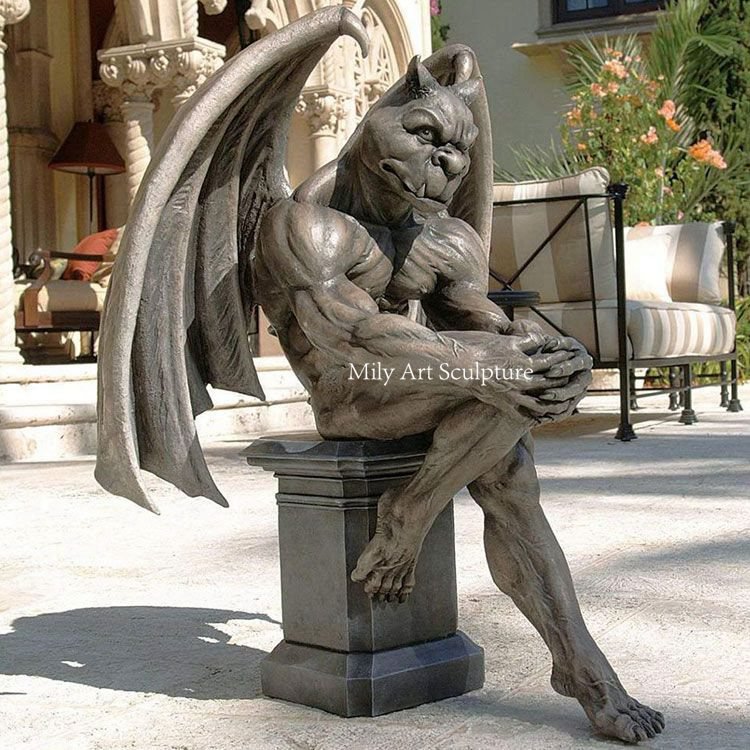
These hideous-looking gargoyle statues have the power to shock or frighten those who set their sights on them. They are thus empowered to ward off evil spirits, guard the buildings they occupy and protect the people inside. Therefore, people would also buy some life-size gargoyle statues to place in the garden or other places.

Now we believe that you have known about the gargoyle statues history. Mily factory has produced marble gargoyle statues, stone gargoyle statues, granite gargoyle statues, bronze gargoyle statues, and more. If you are interested in gargoyle statues or would like to purchase a gargoyle statue, please feel free to contact us.


